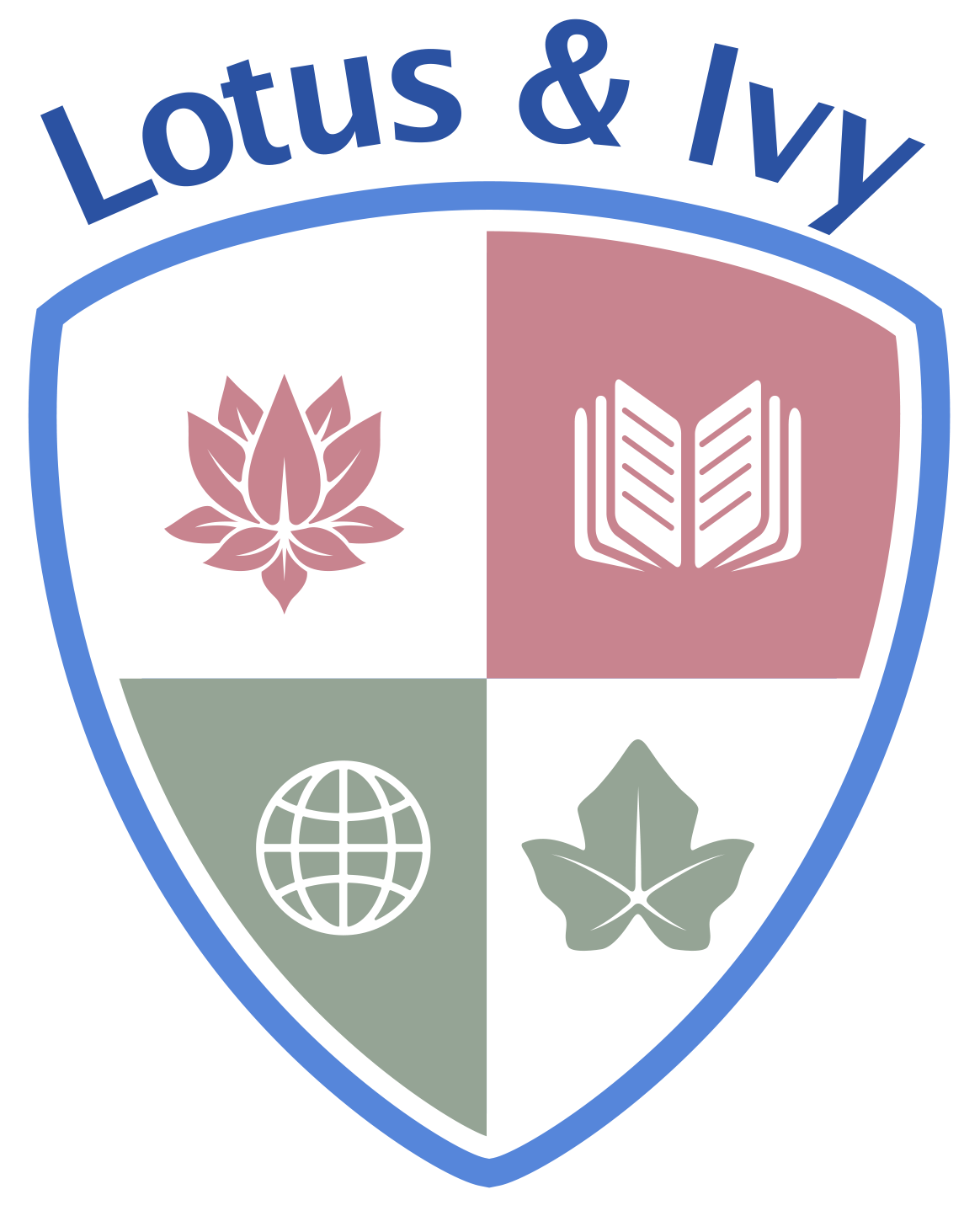How to Support Healthy Brain Development for the Homeschool Student
How to Support Healthy Brain Development for the Homeschool Student
Imagine lessons that begin with a story, rather than a lecture. Envision a world where every child is encouraged to create art, regardless of his or her natural ability. Imagine a school where math, grammar, language arts, history, and science are brought to the students through stories, hands-on experiments, songs, painting, drawing, drama, building, and movement – the arts! Imagine a school where students experience the academic content through positive personal experiences that nurture a lifelong love of learning. Enter Waldorf pedagogy. Children don’t just create art; they experience it on a deeper level.
It is well-known that the Waldorf approach calls for the arts to be incorporated into every lesson. Yes, even into math and science lessons. The arts include drawing, painting, music, drama, storytelling, sculpting, creative building/handwork, crafting, poetry, etc.
A common misconception about an arts-based curriculum is that it is for students who have previously shown giftedness or interest in art. While those students would certainly find the Waldorf curriculum appealing, an arts-based curriculum should be considered for all students, as it supports and enriches optimal brain development and a sense of well-being.
Children in their late elementary and middle school years are still in the heart of the brain development process. Neuroscientists agree that brain development is not complete until a person reaches their 20s, sometimes late into their 20s.
According to an article published by the Waldorf Research Institute entitled Waldorf Education is Developmentally Appropriate – What Exactly Does this Mean?, “Recent MRI equipment has illuminated the fact that in young children, artistic work, full body playing, and sensory stimulation all light up the whole brain. Focused academic work, on the other hand, only lights up small parts of the brain. That ‘lighting’ up points to the development of neurons, making the child’s brain replete with neurons which end up looking, at their best, like a gorgeous, mature tree crown. Once myelinated, these neurons communicate for clear thinking, flexible problem solving, executive function, and creativity.” (https://www.waldorflibrary.org/articles/1249-waldorf-education-is-developmentally-appropriate-what-exactly-does-this-mean)
Cutting-edge studies by neuroscientists and educators at the Learning & Brain conference in San Francisco, California in 2015 found that students in arts-integrated classrooms are more creative, positively challenged, and more engaged in their schoolwork than those not in arts-integrated classrooms. After a decade of studying the human brain, scientists at this conference were able to confirm that “the arts enhance math and science comprehension.”
Research presented at the Learning & Brain conference highlight how the arts:
· encourage joyful, active learning.
· help students make and express personal connections to content.
· help students understand and express abstract concepts.
· stimulate higher level thinking.
· connect students to authentic learning that matters to them.
· provide opportunities for all learners—even struggling learners—to be successful.
· develop feelings of self-efficacy.
· increase intrinsic motivation to learn.
· develop students’ abilities to apply learning to new situations and experiences.
· motivate students to engage more fully with the related subject area.
· extend how learners process and retain information because it combines several learning modalities (visual, aural, and kinesthetic) and thus reach a wider range of students.
· (focused on drama and storytelling) “strengthen students’ visualization of the text and their emotional engagement with it, both of which contribute to greater retention and understanding.”
· naturally involve several ways of processing information that may have positive effects on long-term memory.
Research from the Kennedy Center was presented at this same conference and one can find a lot more about the science behind arts-infused curriculum here: https://www.kennedy-center.org/education/resources-for-educators/classroom-resources/articles-and-hot-tos/articles/collections/arts-integration-resources/.
At Lotus & Ivy, our teachers integrate the arts into every academic lesson. Just to name a few examples -- we create main lesson books full of carefully-rendered illustrations and diagrams, we paint, we sculpt, we build models, we craft, we hear stories, we play games, we sing, we act out historical events or scenes from literature, and we learn poetry. All of these activities allow the student to experience the lessons in meaningful ways. When students feel like they had a positive personal experience with a subject or content, retention, understanding, and skills are enhanced along with an increased love and joy for a lifetime of learning.
Lotus & Ivy supports homeschooling families by bringing the arts to children on a consistent basis as part of the full academic curriculum. Main Lesson blocks, Complete Year Math, and Complements are available in a live virtual format for grades K-8. Our curriculum and our teachers will play a key role in students’ brain development reaching its full potential.
To learn more, visit our website at http://www.lotusandivy.com or email us at lotusandivyvirtualclasses@gmail.com.
